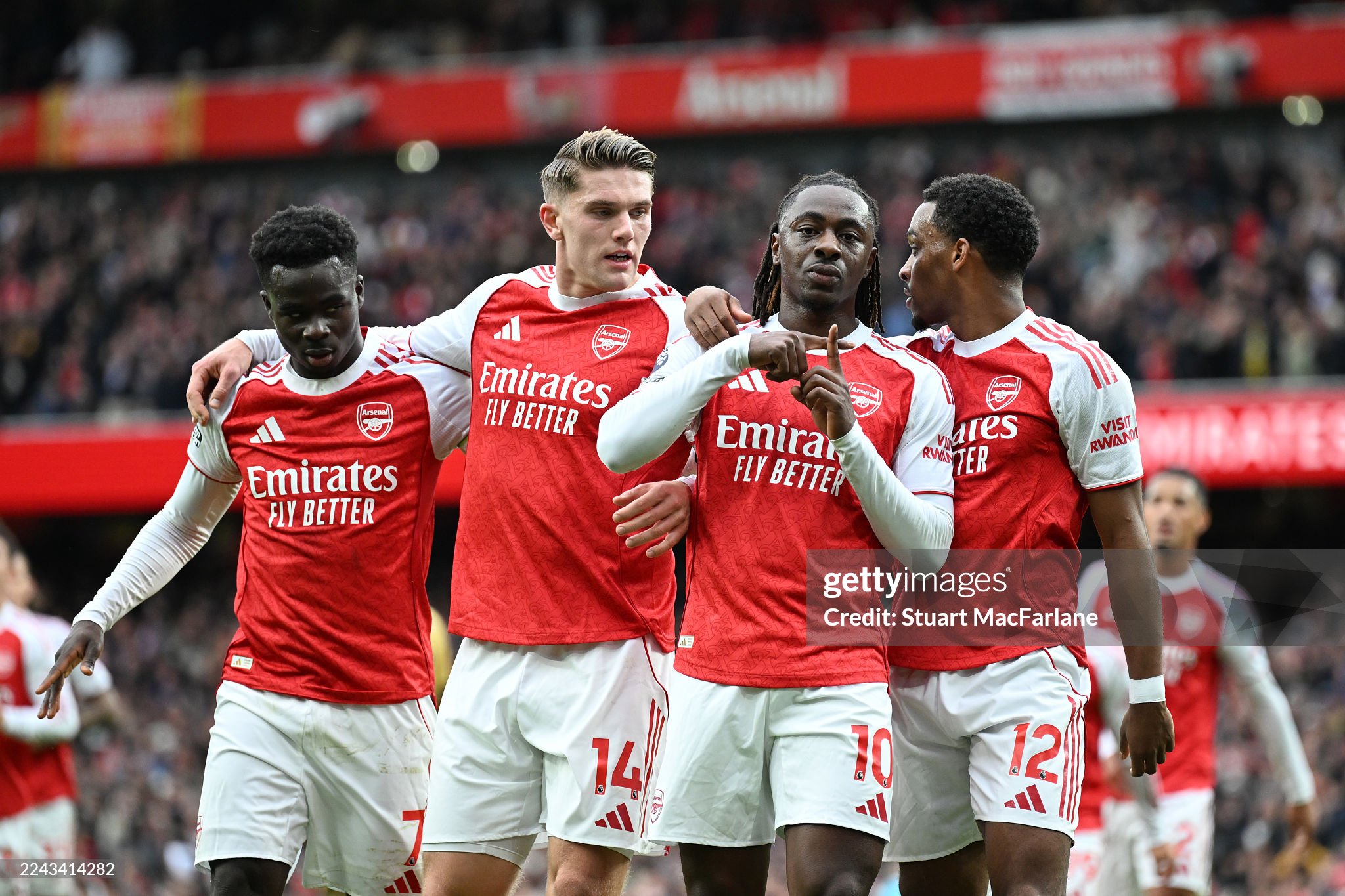PSG confirm João Neves and Fabián Ruiz are back in training. Luis Enrique regains key midfield options, improving rotation, tactical flexibility, and control ahead of the Lorient trip and a congested run of fixtures.
PSG received a timely boost on the eve of their Ligue 1 Matchday 10 trip to Lorient, with João Neves and Fabián Ruiz back in full training.
The club confirmed the news on Tuesday, a welcome development for Luis Enrique as he looks to navigate a demanding stretch of domestic and European fixtures while keeping the squad balanced and fresh.
João Neves has been sidelined since September 17 with a hamstring issue. His profile gives PSG a distinctive blend of intensity and clarity in midfield. He offers sharp ball circulation in tight spaces, a quick first step to escape pressure, and a willingness to press high that fits Luis Enrique’s principles. When PSG want to compress the field and win second balls, a fully fit Neves becomes a natural choice. His return also gives the coach more freedom to rotate the midfield triangle without sacrificing tempo, which is crucial when matches arrive every three or four days.
Fabián Ruiz has been out since October 1 with a left leg problem. He brings a different set of qualities. Ruiz is a rhythm setter who reads the game calmly, progresses play with line-breaking passes, and adds height and composure in defensive transitions. In matches that require patience against low blocks, his passing range and ability to switch the point of attack stretch opponents laterally and create better finishing angles for the forwards. Ruiz can operate as a left-sided interior or as a more conservative pivot next to a ball-winner, which widens PSG’s tactical options against both pressing teams and deep-lying defenses.
The timing of these returns matters. PSG are top of Ligue 1 with a narrow cushion over Lens, and the margins at the top often hinge on squad availability. With Ousmane Dembélé already back in action after more than a month out, and Désiré Doué returning to the pitch ten days ago following an injury suffered with France’s national team, the medical room is finally beginning to clear. That trend lets Luis Enrique adjust workloads more aggressively. He can now manage minutes for players who have been carrying the load and reduce the risk of muscular setbacks that tend to spike during congested periods.
From a purely tactical perspective, Neves and Ruiz unlock several combinations. In a 4-3-3, Neves can partner a holding midfielder who protects the back line while Ruiz links with the left winger to create overloads on that flank. In a 4-2-3-1, Ruiz can sit alongside a ball-winner to control the rhythm from deeper zones while Neves features higher to trigger the counterpress and support the ten. Both players are comfortable receiving under pressure, which is fundamental to Luis Enrique’s build-up patterns that invite pressure to free the wide channels for quick switches and third-man runs.
Their presence also creates healthy competition for places. Training intensity rises when previously injured starters rejoin, and that tends to sharpen collective standards. Younger midfielders benefit from the example of Ruiz’s positioning and Neves’s timing in pressing duels. The knock-on effect is that PSG can start a match with one profile, then change gears from the bench without a drop in technical security. That kind of flexibility often decides tight league games and late European ties.
There is a medical and performance angle to consider. Reintegrating players after hamstring and leg injuries is rarely a straight line. The first step is controlled exposure in training, followed by partial minutes in match situations. Expect a measured ramp up, with attention to back-to-back training days, response to accelerations, and tolerance to repeated changes of direction. If the markers are positive, minutes can increase steadily. The presence of Dembélé and Doué already back allows staff to avoid rushing either Neves or Ruiz, since there are now more pathways to manage in-game intensity.
Looking ahead to Lorient, the immediate question is not only whether either midfielder features, but how their availability alters the match plan. Against a side that often looks to disrupt rhythm and counter quickly, Ruiz’s range and calm exits can reduce turnovers in the middle third. Neves’s pressing instincts can help lock Lorient into their half and compress the pitch around second balls. Even a cameo appearance could be enough to tilt momentum if the match state requires extra control or a burst of energy in midfield.
Longer term, the returns of Neves and Ruiz are strategic. PSG need repeatable mechanisms to create chances without overextending key attackers. With Ruiz and Neves available, fullbacks can push at more opportune moments, wingers can receive in more favorable pockets, and the nine can benefit from cleaner service between the lines rather than having to drop too deep. Set pieces also improve with Ruiz’s delivery and height, while Neves’s anticipation can keep opposition clearances alive at the edge of the box.
For Luis Enrique, this is the kind of week that can recalibrate a season. The table is tight, the calendar is heavy, and decisions at the margins add up. Getting João Neves and Fabián Ruiz back on the grass does not only add two names to a team sheet. It brings back control of tempo, diversity of ideas, and the confidence that comes when a squad finally starts to look whole again.







